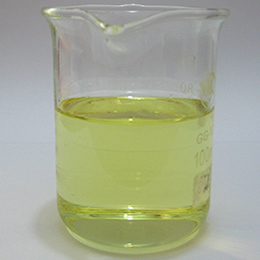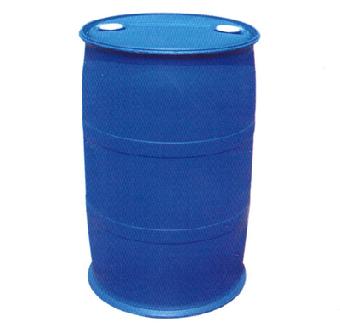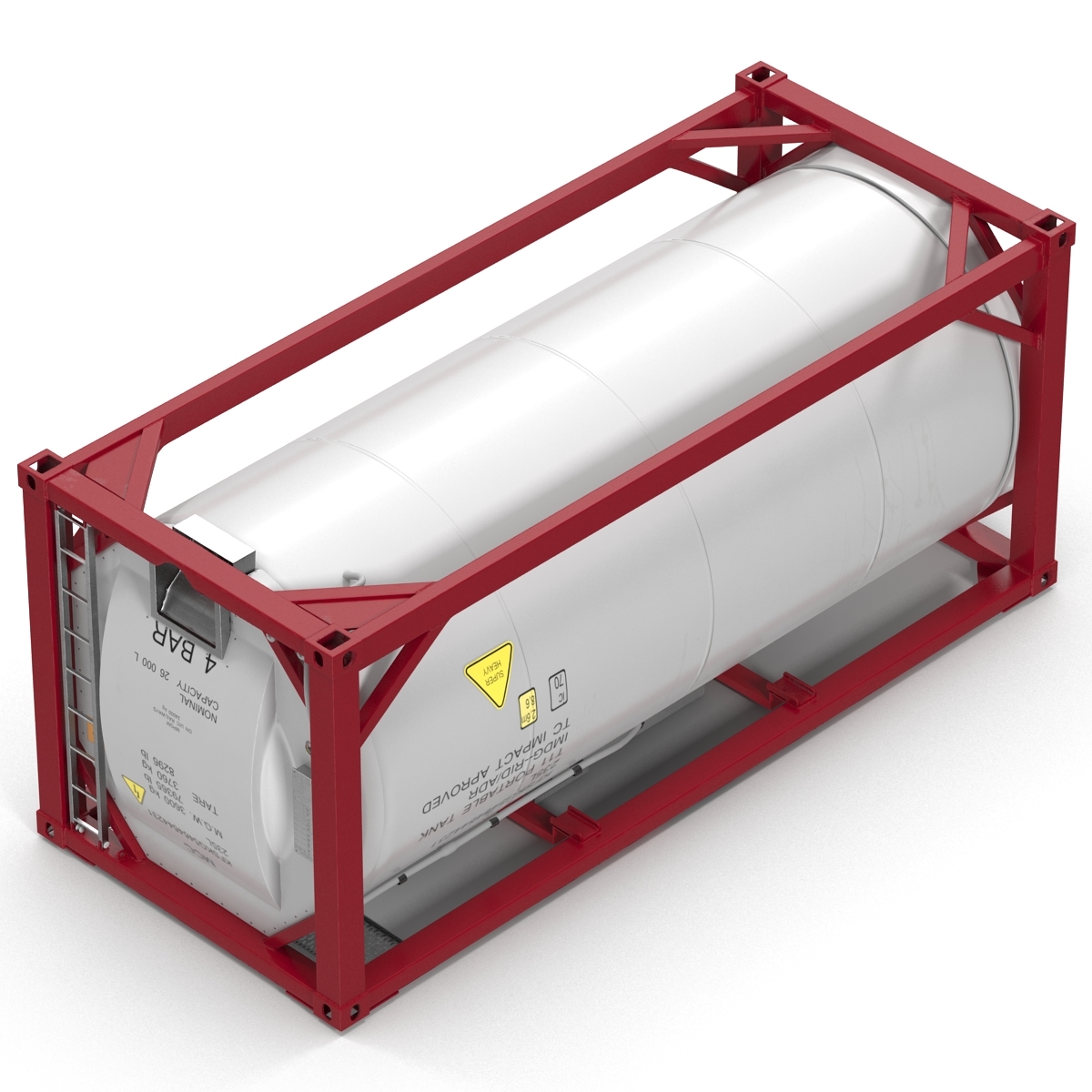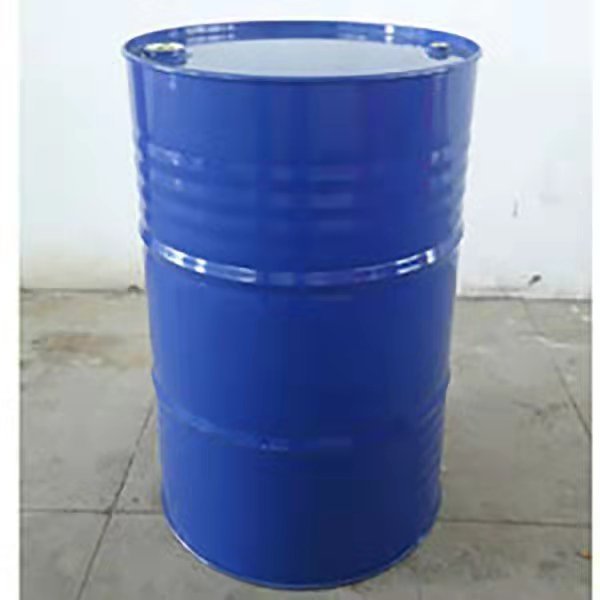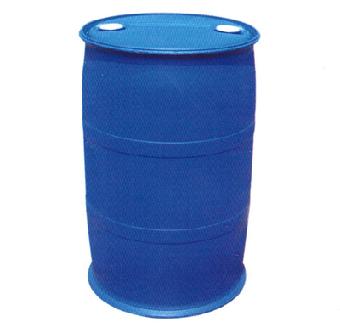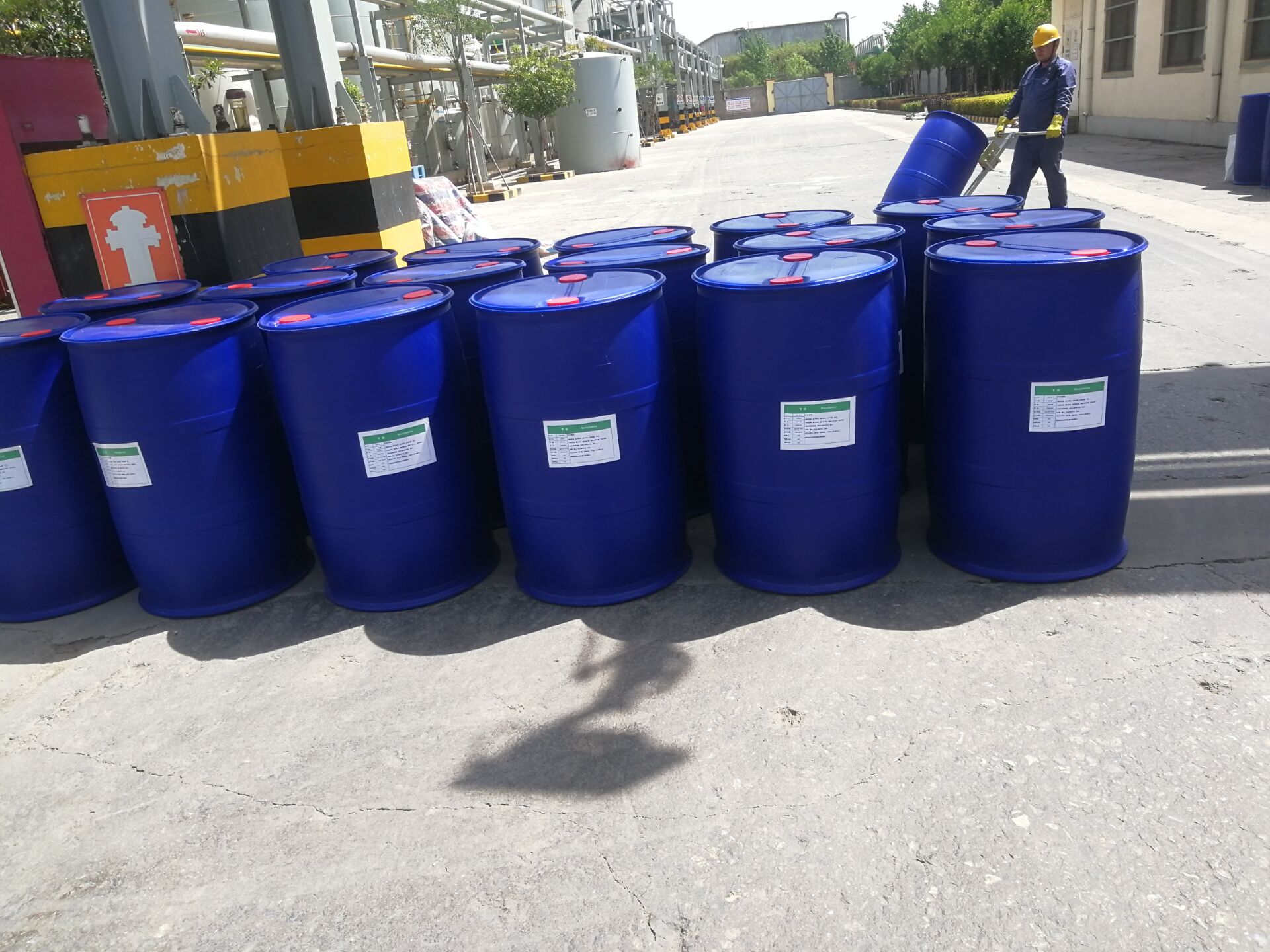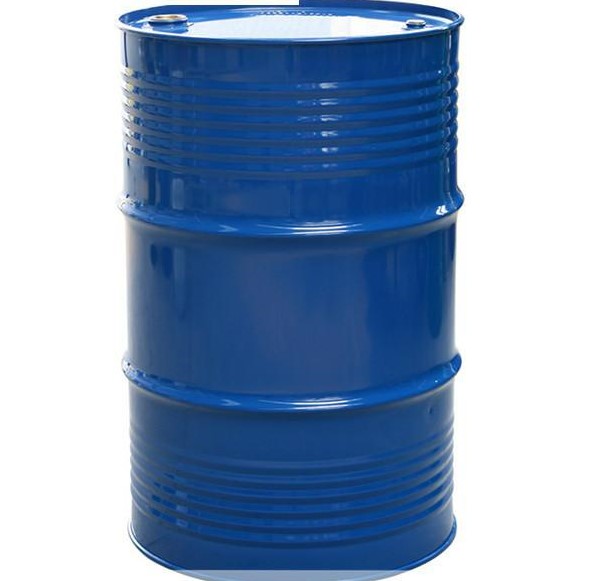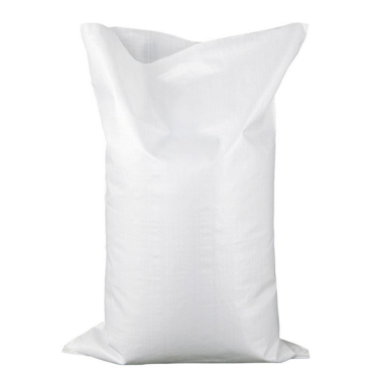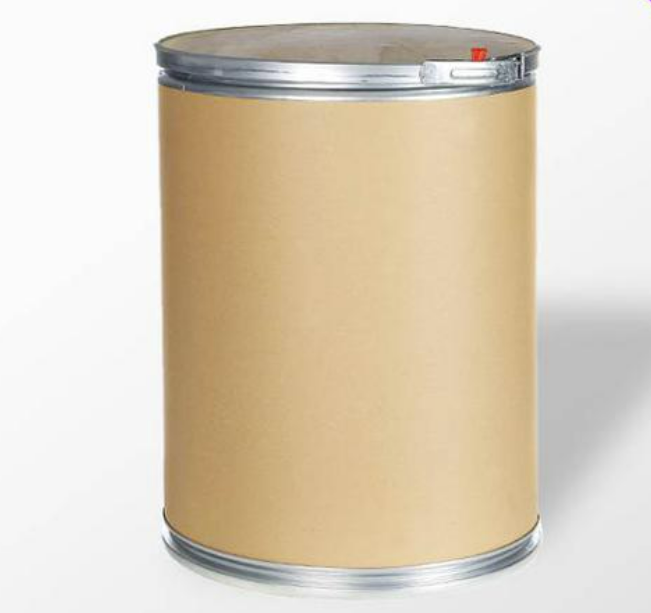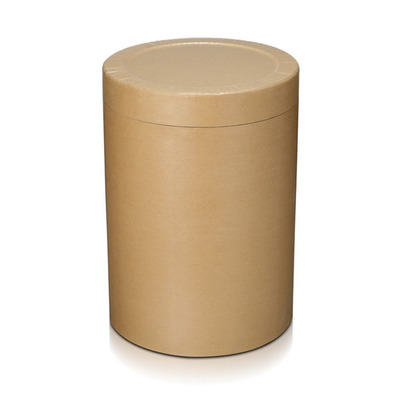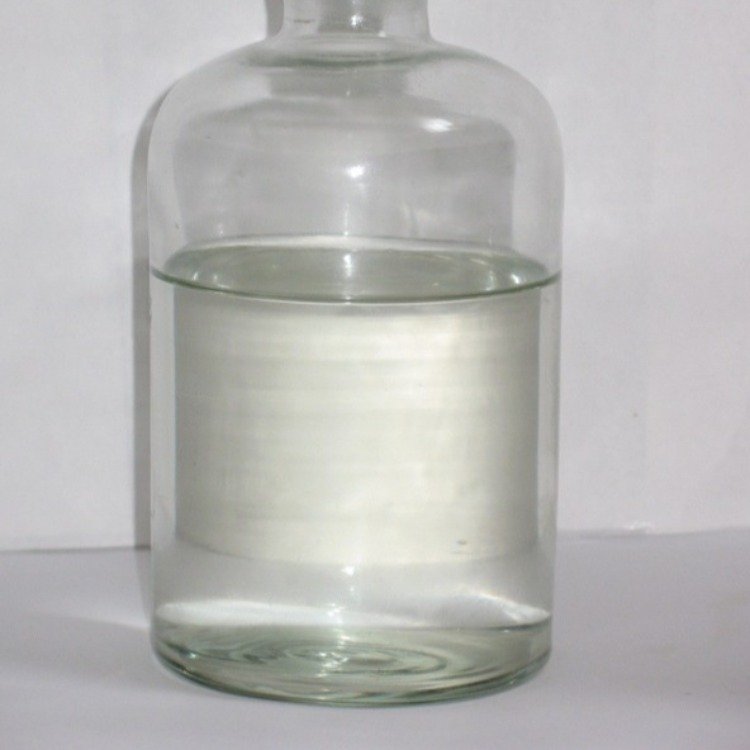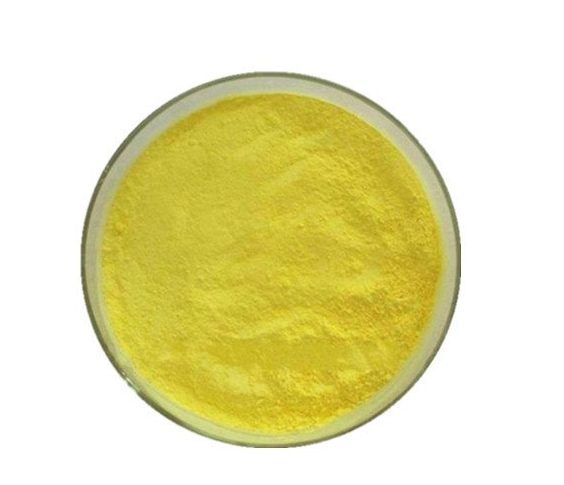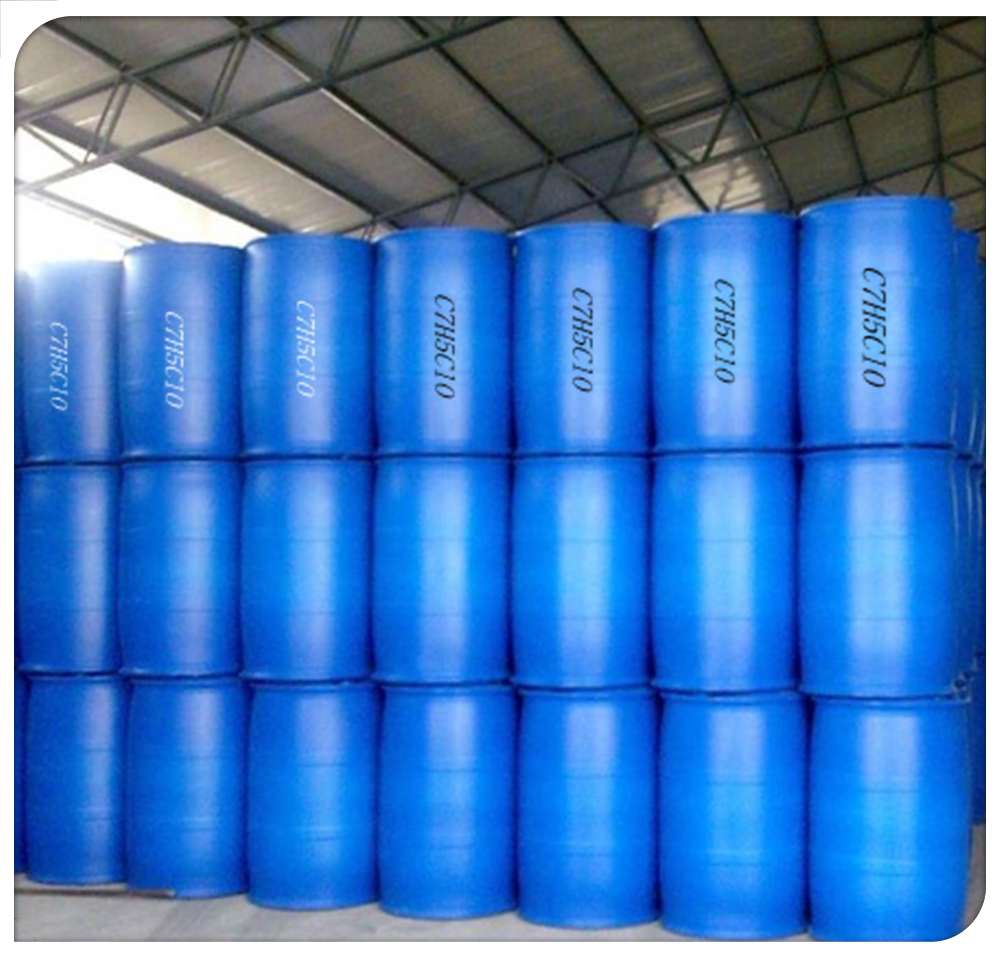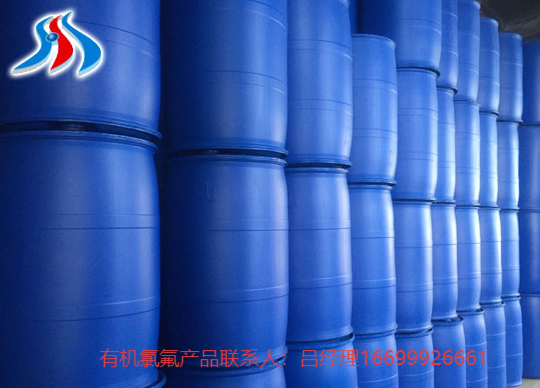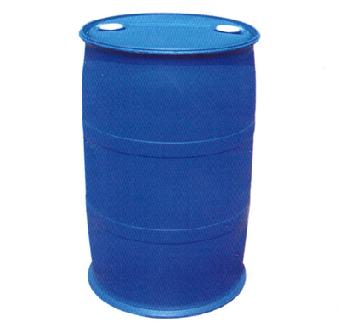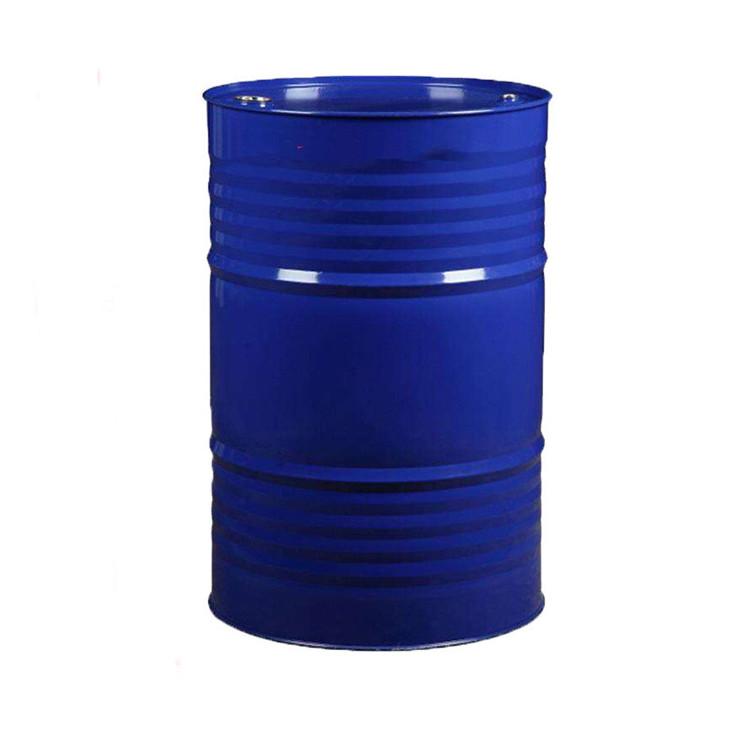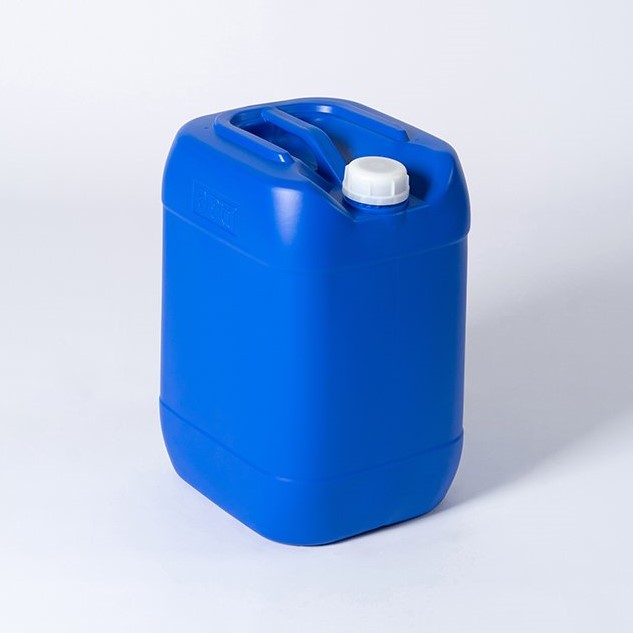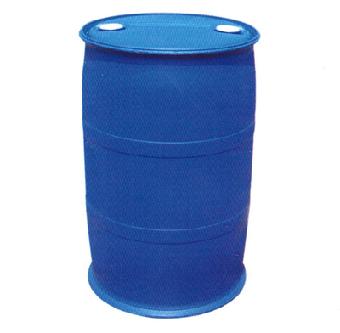Agrochemicals
Find
1816
related chemicals for you
CAS:88-73-3
Molecular Formula:C6H4ClNO2
Alias
More Information
2-Nitrochlorobenzene; Benzene, 1-Chloro-2-Nitro-; 1-Chloro-2-Nitrobenzene; O-Chloronitrobenzene; O-Nitrochlorobenzene (ONCB); ONCB
Brief Introduction
O-nitrochlorobenzene is an important intermediate in organic synthesis, and can be derived from many intermediates. It is used in the dye industry to make yellow GC, orange GR, etc; It is used to manufacture rubber accelerators m and DM in the aspect of additives; It is used in the synthesis of vanillin in the spice industry; Pesticide industry is used to produce tobuzin, methyltobuzin and carbendazim; It is also a raw material for benzotriazole ultraviolet absorbers. It is also an important intermediate of medicine.
Suppliers
View More Vendors (5) >
CAS:100-46-9
Molecular Formula:C7H9N
Alias
More Information
Phenyl-Methanamine; Phenylmethanaminium; Benzyl Amine; Phenylmethanamine; A-Aminotoluene; Benzylamin, (Acidimetrisch); Phenylmethylamine; Benzylamin; Benzenemethanamine; Moringine; Omega-Aminotoluene; Sumine 2005; Moringine[qr]; Omega-Aminotoluene[qr]; BZA
Brief Introduction
Benzylamine is a colorless liquid, which produces smoke in the air. It is miscible with water, ethanol and ether, and soluble in acetone and benzene. It can absorb CO2, react with halogenated hydrocarbon to form N-substituted benzylamine, react with acyl chloride, anhydride or ester to form n-benzylamide, and react with aldehyde and ketone to form n-benzylimine. It can be prepared by the reaction of benzyl chloride with ammonia, or by the reduction of benzonitrile, or by the reduction and ammoniation of benzaldehyde with NH3 and H2 / Ni. This product is used in organic synthesis, qualitative test of metal organic compounds, determination of platinum, vanadium and tungstate, and as precipitant of thorium, cerium, lanthanum and zirconium. Benzylamine is also an intermediate for the preparation of imidacloprid and acetamiprid, and is also an intermediate for sulfametholone.
Suppliers
View More Vendors (5) >
Anyang Lee Yuen New Materials Technology Co.,Ltd.
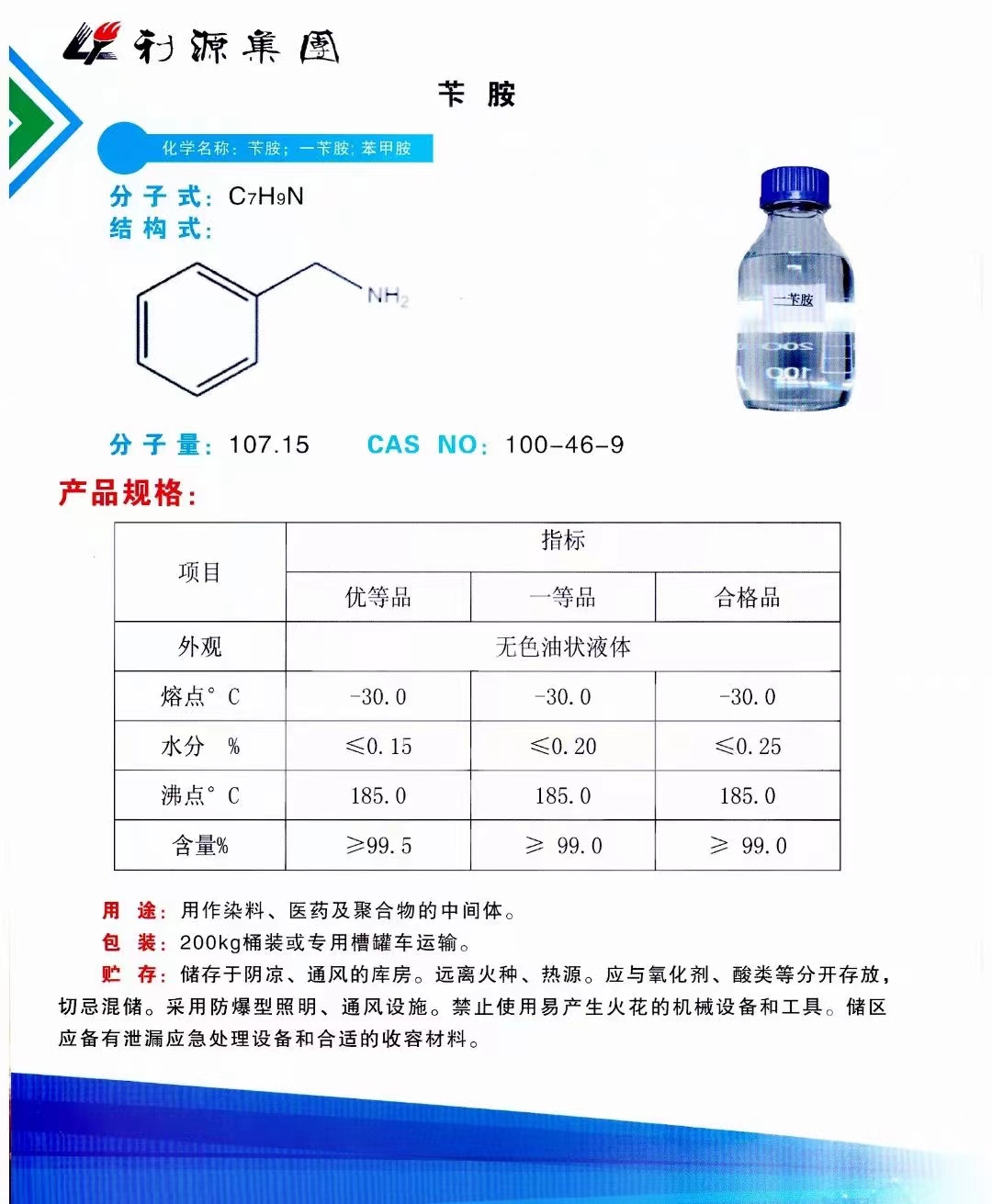
200KG/Drum
/
-
CAS:103055-07-8
Molecular Formula:C17H8Cl2F8N2O3
Alias
More Information
Fluphenacur; 1-(2,5-Dichloro-4-(1,1,2,3,3,3-Hexafluoropropoxy)Phenyl)-3-(2,6-Difluorobenzoyl)Urea; Rac-N-({2,5-Dichloro-4-[(2R)-1,1,2,3,3,3-Hexafluoropropoxy]Phenyl}Carbamoyl)-2,6-Difluorobenzamide; N-{[2,5-Dichloro-4-(1,1,2,3,3,3-Hexafluoropropoxy)Phenyl]Carbamoyl}-2,6-Difluorobenzamide; (Rs)-1-[2,5-Dichloro-4-(1,1,2,3,3,3-Hexafluoropropoxy)Phenyl]-3-(2,6-Difluorobenzoyl)Urea; N-[[2,5-Dichloro-4-(1,1,2,3,3,3-Hexafluoropropoxy)Phenyl]Carbamoyl]-2,6-Difluorobenzamide; N-[[[2,5-Dichloro-4-(1,1,2,3,3,3-Hexafluoropropoxy)Phenyl]Amino]Carbonyl]-2,6-Difluorobenzamide; (Rs)-1-[2,5-Dichloro-4-(1,1,2,3,3,3-Hexafluoropropoxyl)Phenyl]3-(2,6-Difluorobenzoyl)Urea; Cga-184,699; Benzamide, N-2,5-Dichloro-4-(1,1,2,3,3,3-Hexafluoropropoxy)Phenylaminocarbonyl-2,6-Difluoro-; Lufenuron (Bsi,Iso,Inn); N-[2,5-Dichloro-4-(1,1,2,3,3,3-Hexafluoropropoxy)-Phenyl-Aminocarbonyl]-2,6-Difluorobenzamide
Brief Introduction
Lufenuron is the active ingredient in the veterinary flea control medication Program, and one of the two active ingredients in the flea, heartworm, and anthelmintic medicine milbemycin oxime/lufenuron (Sentinel).
Lufenuron is stored in the animal's body fat and transferred to adult fleas through the host's blood when they feed. Adult fleas transfer it to their growing eggs through their blood, and to hatched larvae feeding on their excrement. It does not kill adult fleas.; Lufenuron, a benzoylurea pesticide, inhibits the production of chitin in insects. Without chitin, a larval flea will never develop a hard outer shell (exoskeleton). With its inner organs exposed to air, the insect dies from dehydration soon after hatching or molting (shedding its old, smaller shell).; Lufenuron is also used to fight fungal infections, since fungus cell walls are about one third chitin.
Lufenuron is also sold as an agricultural pesticide for use against lepidopterans, eriophid mites, and western flower thrips. It is an effective antifungal in plants.
Suppliers
View More Vendors (5) >
CAS:104-88-1
Molecular Formula:C7H5ClO
Alias
More Information
p-Chlorobenzaldehyde; 4-Chlorobenzaldehyde; p-Chlorobenzenecarboxaldehyde; Para-Chlorobenzaldehyde; P-Fluorobenzaldehyde; 4-Chlorbenzaldehyd; PARA Chloro Benzaldehyde; 4-Chloro Benzaldehyde; p Chloro Benzaldehyde
Brief Introduction
4-Chlorobenzaldehyde is also known as 4-chlorobenzaldehyde, with a molecular formula of C7H5ClO and a molecular weight of 140.567. This substance is mainly used in the manufacture of sedatives such as fenalol and aminophenolic acid and other pharmaceutical raw materials and intermediates. It is used in the manufacture of chlorocinnamon Aldehydes, weeding and killing enemies, etc.
Suppliers
View More Vendors (5) >
Hubei Lianchang New Material Co.,Ltd.
99.55%
/
Tech Grade
250kg
/
Plastic Drum
CAS:105-36-2
Molecular Formula:C4H7BrO2
Alias
More Information
Aceticacid,Bromo-,Ethylester; Bromo-Aceticaciethylester; Ethoxycarbonylmethyl Bromide; Ethyl Alpha-Bromoacetate; Ethyl Bromacetate; Ethyl 2-Bromoacetate; 2-Bromobutanoate; 2-Bromoacetic ACID Ethyl Ester; Ethyl Bromoacetate/Bromoacetic ACID Ethyl Ester; Ethylbromoacetate; 4-Methoxybenzyl Alcohol; Antol; Bromoacetic acid Ethyl Ester; Ethyl Monobromoacetate
Brief Introduction
Ethyl bromoacetate is used in organic synthesis, mainly in pharmaceutical and pesticide intermediates. It can also be used to make military poison gas.
Suppliers
View More Vendors (5) >
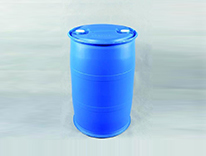
Enterprise standard
/
Tech Grade
25kg
/
Plastic Drum
Inquiry (
10
/ 10
)
Clear All
You can inquire for up to 10 products at a time
Sign In
Error!

